This device was built using MATTER Labs hacked smartwatch based prototyping platform. Check it out on Hackaday!
LINK TO LIVE RESPIRATION MONITOR WEB BLUETOOTH SITE
GITHUB REPOSITORY FOR RESPIRATION MONITOR DEMONSTRATION SITE
THE PLAN:
1) Hack an activity monitor with components small enough to 'comfortably' fit in the top of my mouth.
I HAVE SEPARATED THE HACKING PORTION OF THIS PROJECT INTO AN INDEPENDENT TUTORIAL: https://hackaday.io/project/108585-hacking-a-25-nrf51-arm-cortex-activity-tracker
2) Add sensors that can accurately track the full respiration waveform, in other words we want to track the entire inhalation/exhalation cycle including strength and speed of both inhalation and exhalation.
3) Build a custom retainer to which we can attach all our electronic components. This will anchor them in place and also act as a barrier between the components and the user's skin.
4) Build a smartphone app or Web Bluetooth web application that can receive, analyze and visualize streaming data from our intraoral respiration monitor.
CHALLENGES:
This project has a couple twists that make it particularly fun. First, electronics don't like to get wet. Mouths are wet. Waterproofing the device could be as easy as dipping it in epoxy - but - this would render both of our sensors useless. Our air pressure sensor has an inlet that must access the air in the oral airway - otherwise we are just measuring the air pressure inside a tiny epoxy (or whatever) sealed chamber. Our thermopile sensor gives us the temperature of whatever solid surface it is pointed at. If we seal of cover the device, the thermopile sensor will be pointed at whatever is covering or sealing the device - so we'll just get the temperature of the interior of our sealed device. In addition to waterproofing there is the size and comfort issue. We are trying to build something that, eventually, users can wear in their mouth without even noticing its there. If test users can wear the device for half an hour without pain and verbally communicate in a garbled but intelligible matter the device is a success. If I can get that far with tiny budget and simple tools I can safely assume that additional resources would result in a future version that meets my 'real life' requirements.
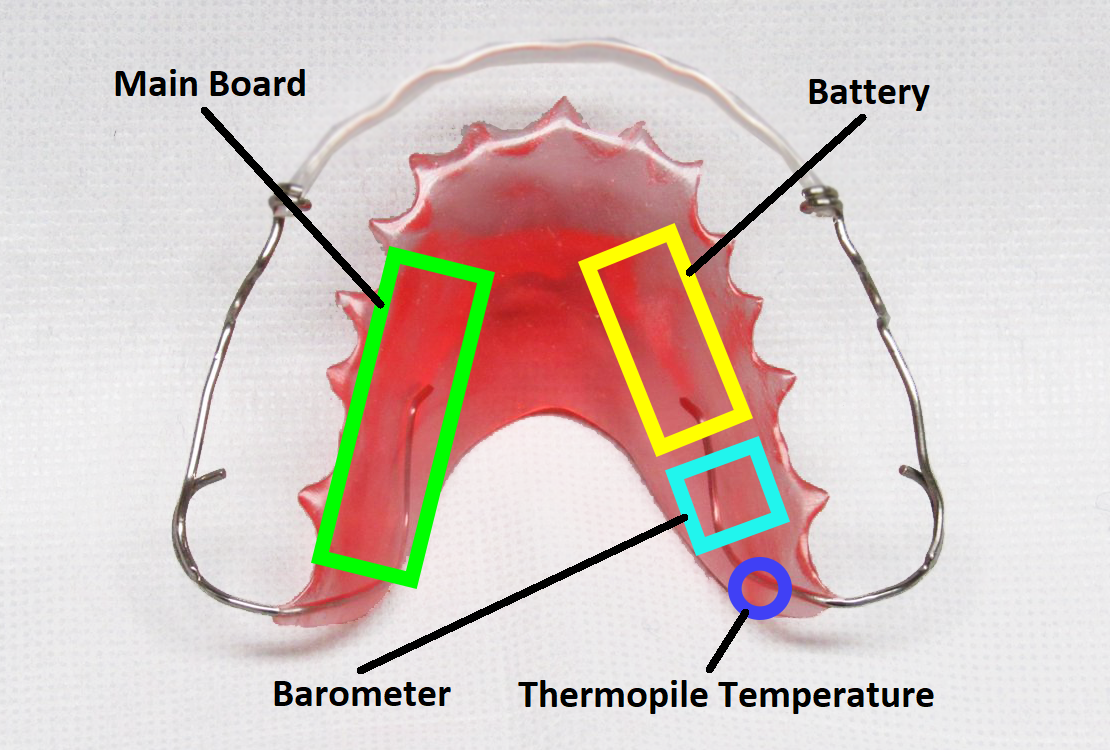
 Curt White
Curt White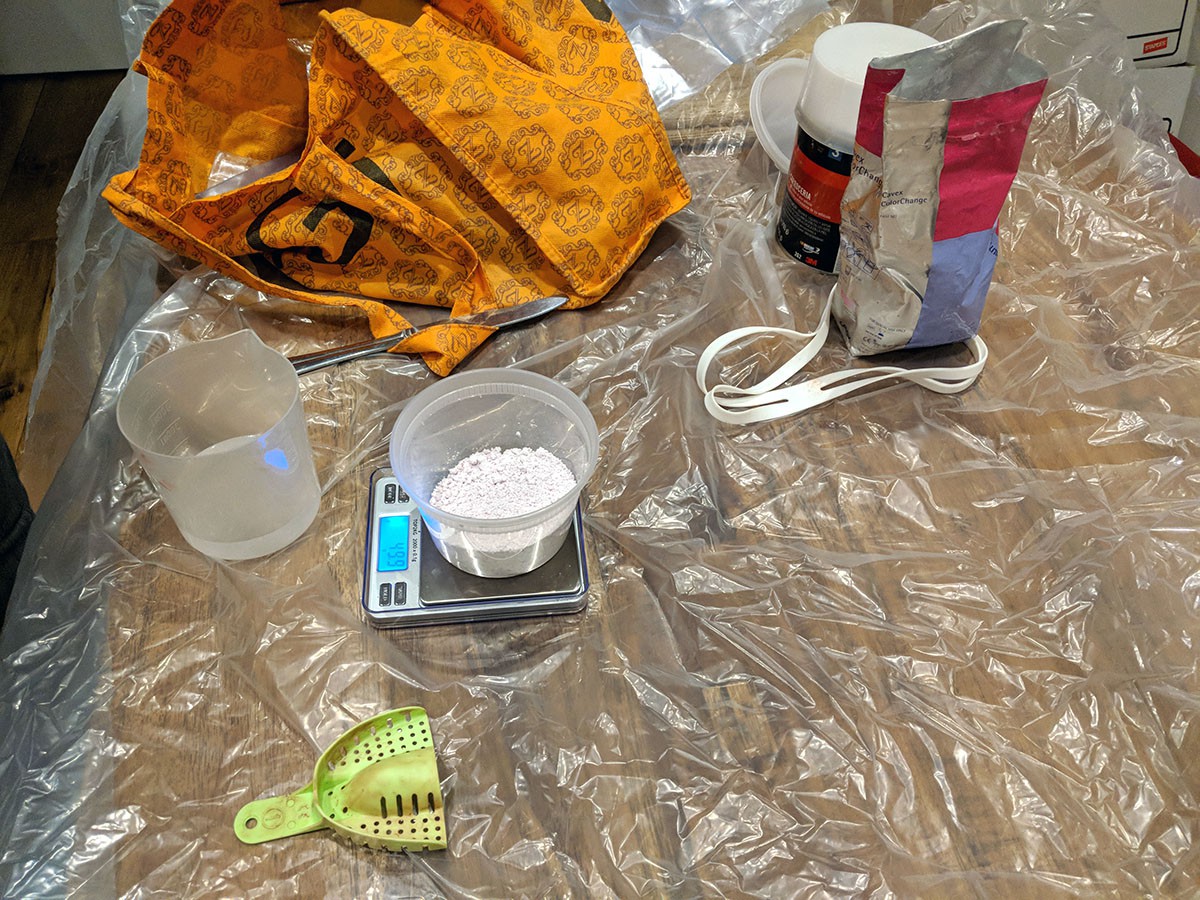
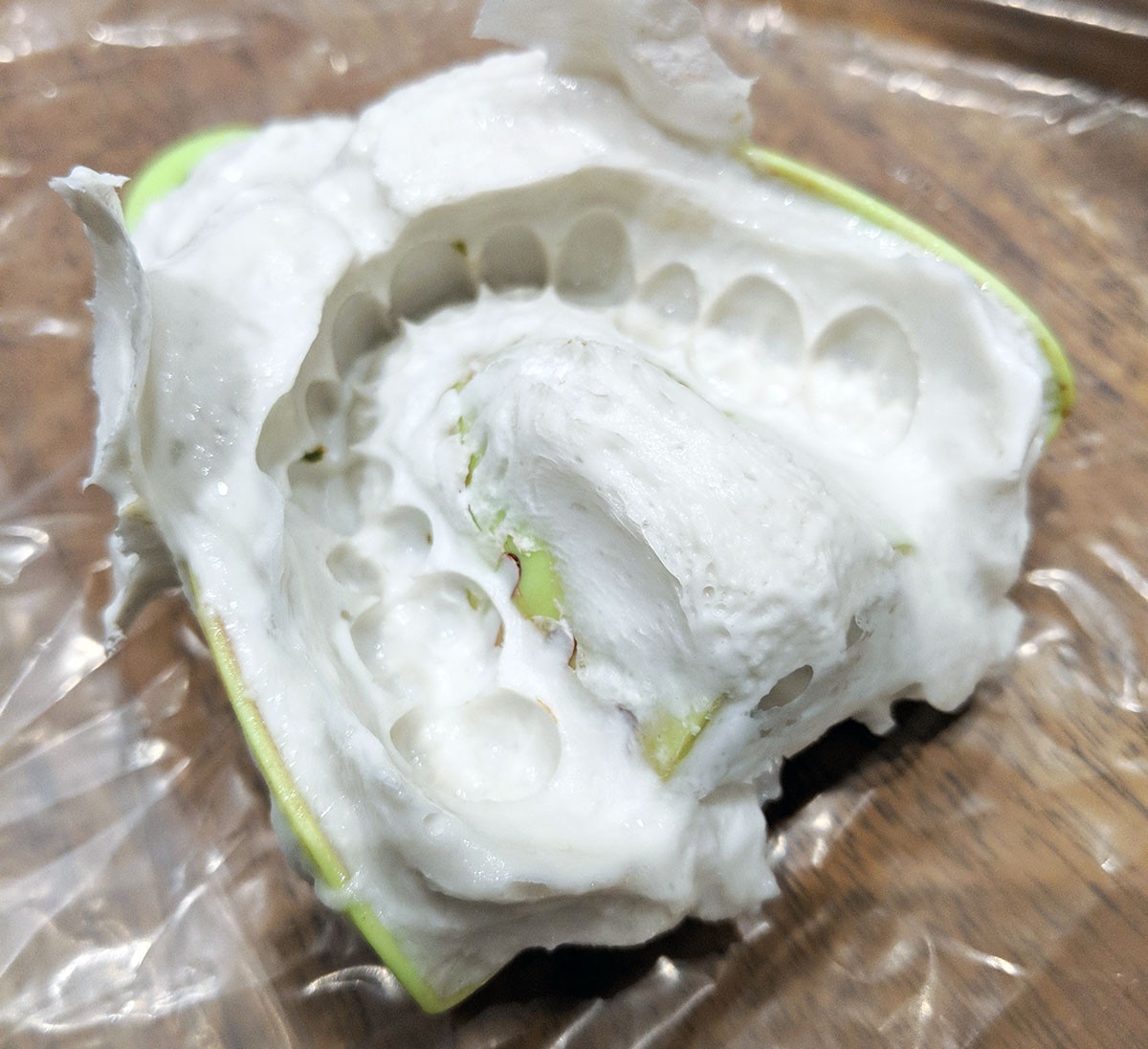
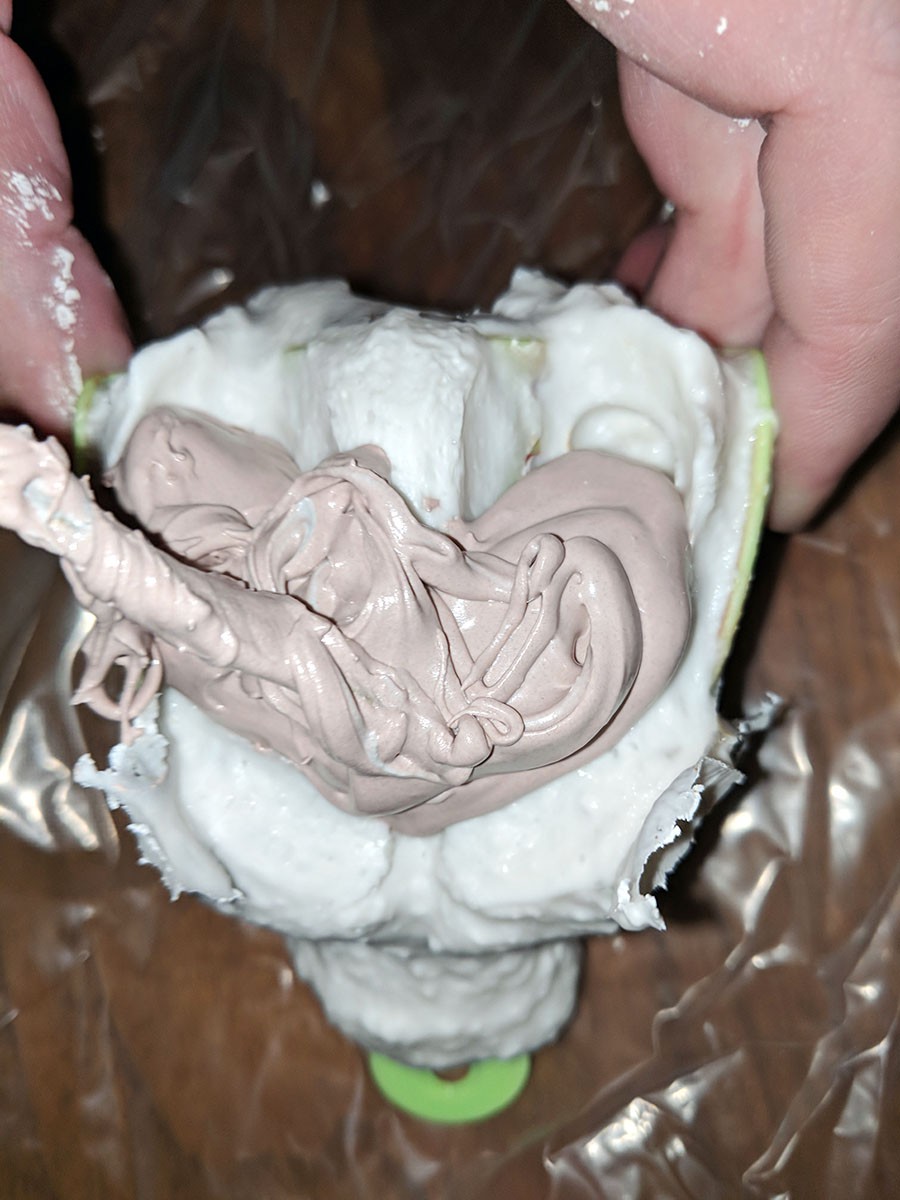
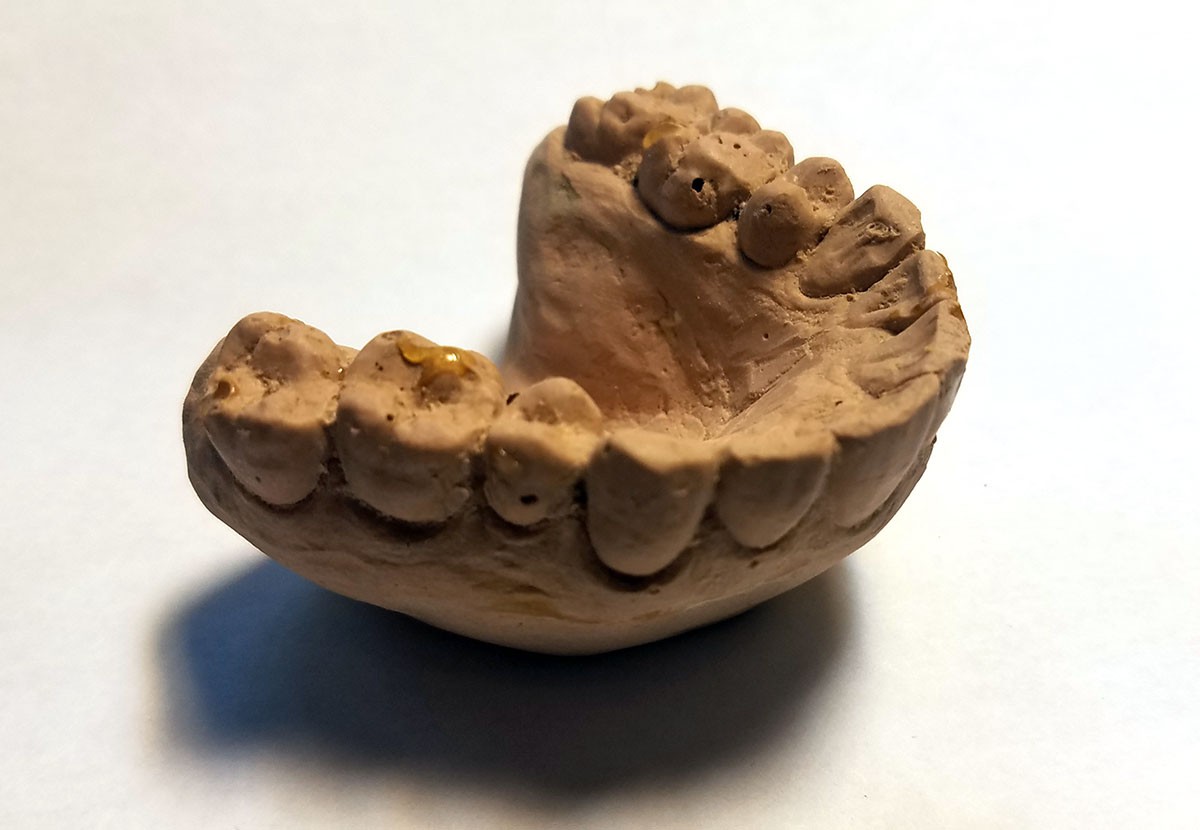



 Arijit Das
Arijit Das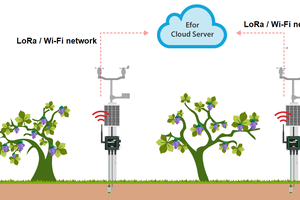
 ssla-couk
ssla-couk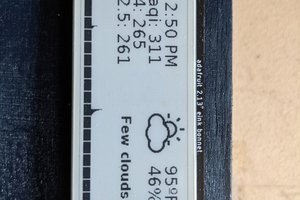
 AKA
AKA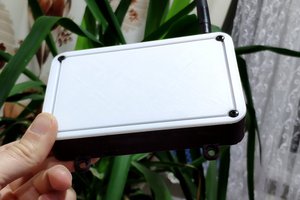
 V.G.C.
V.G.C.
This project is super cool! Could you share more info about the process to do the waterproof for the barometer and get the air pressure reading? Thank you very much.